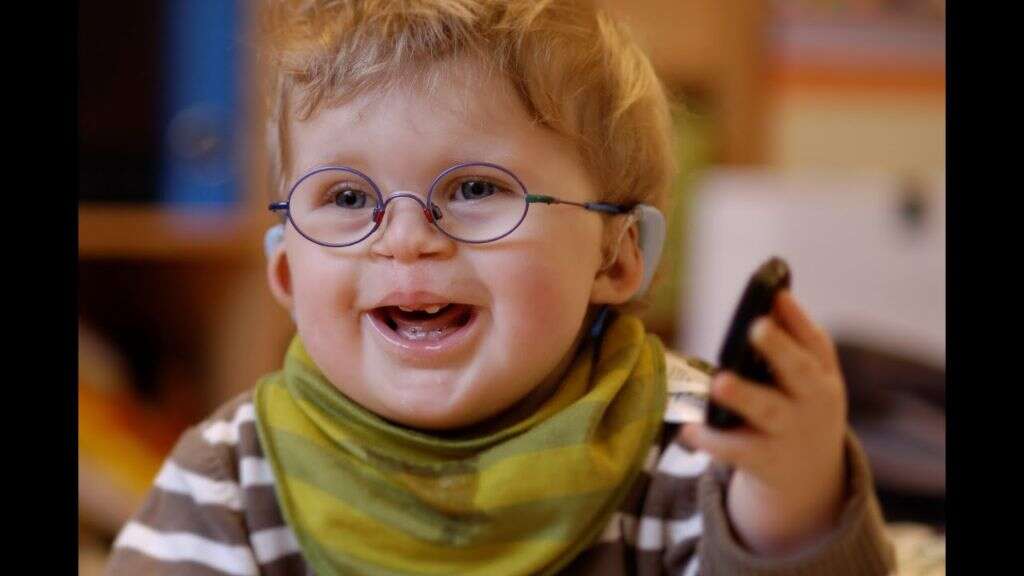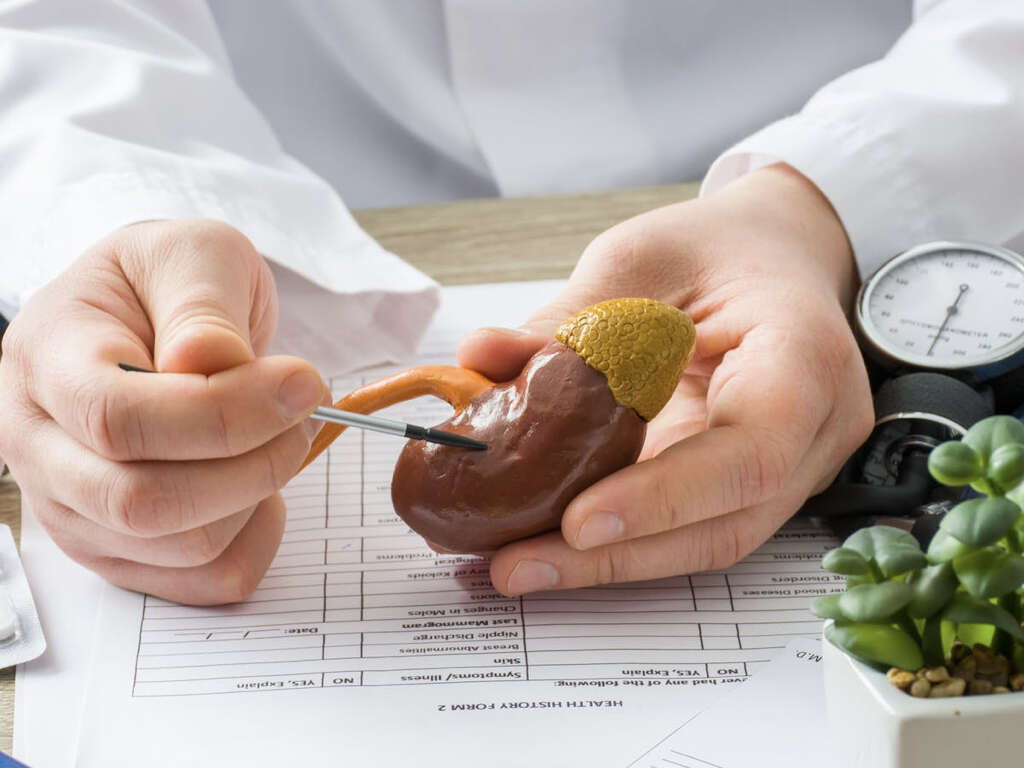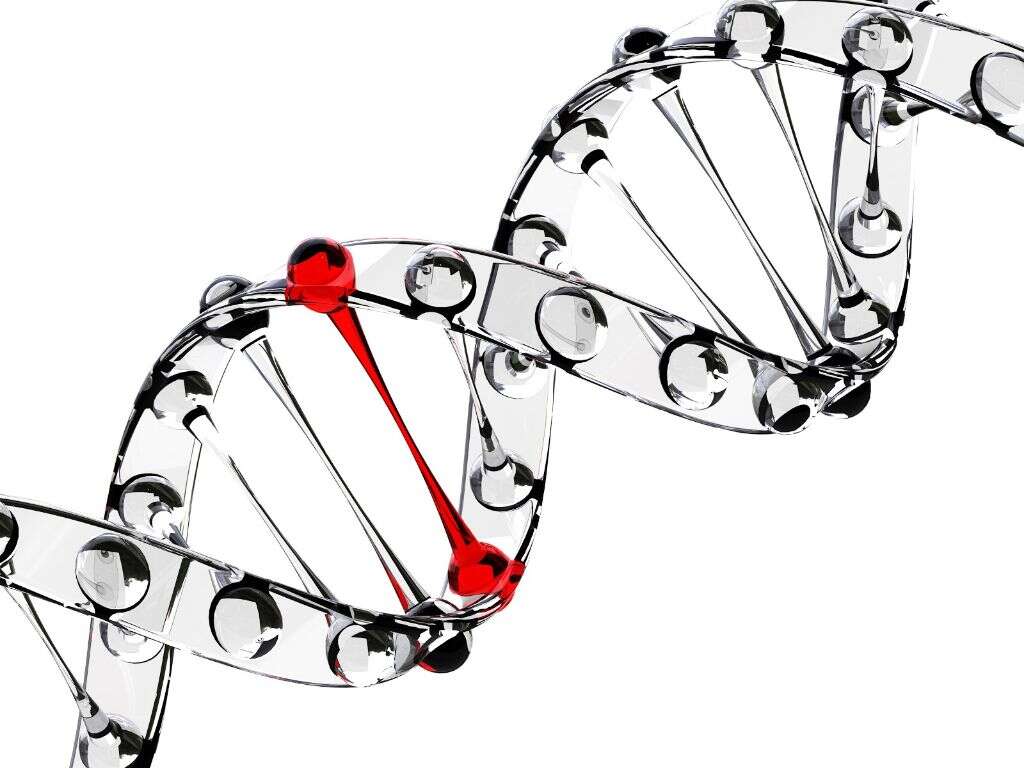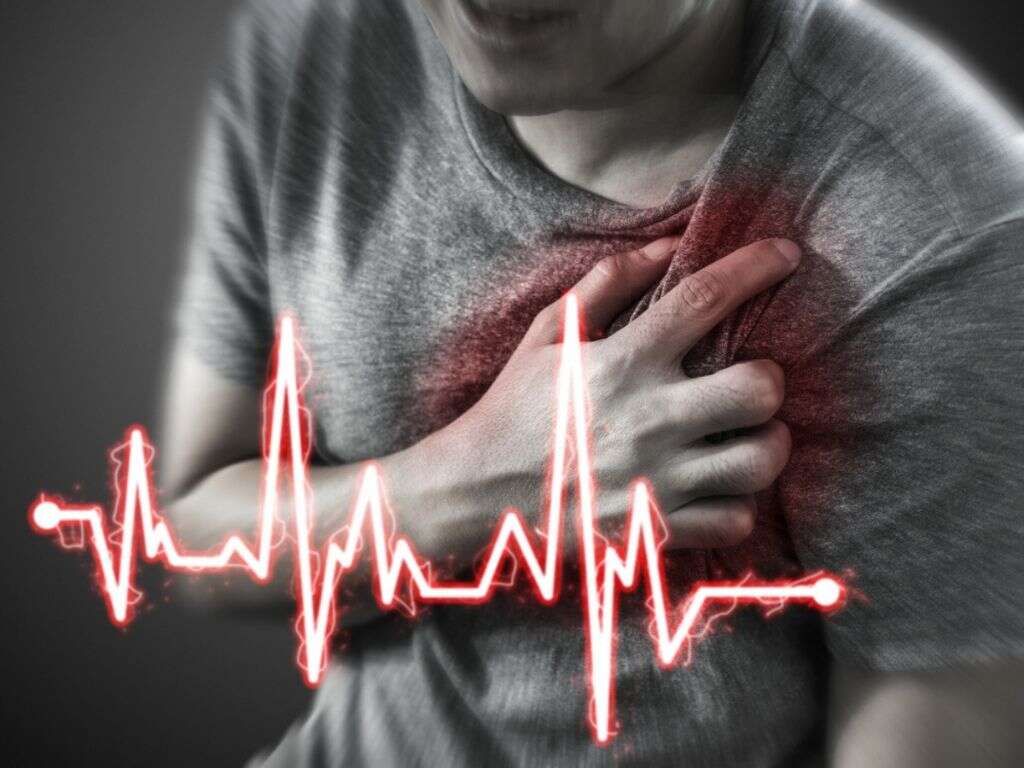What Is CHARGE Syndrome?
Our genes are passed on from our parents and they determine a great deal about who we are. Sometimes, though, our genes will become mutated and this can lead to some profound changes in how we develop. Most of the time, these mutations are harmless, or even beneficial, but this is not always the case.
The mutation of certain genes can cause a number of health problems in people, as demonstrated in CHARGE syndrome. It is a congenital condition, which means that people are born with the condition. It is thankfully very rare, and here’s a closer look at what it is.

1. CHARGE Syndrome
CHARGE syndrome is a condition that arises early in the development of a fetus and it is usually caused by a new mutation in the CHD7 gene. CHARGE syndrome can affect multiple organs, but the symptoms will vary from patient to patient. The death rate among children with the condition is highest in the first year, but around 70% of children born with the condition will survive the first 5 years at least. Thankfully, CHARGE syndrome is a very rare condition, with around 0.1 children having the condition in every 10,000 births. The conditions name is an acronym that has been made using the first letters of some of its most telling symptoms.

2. Coloboma
A coloboma is a condition in which the eye does not fully close, leaving the patient with a hole in the eye structure. This will often lead to the patient having an iris that is keyhole shaped. It can also lead to abnormalities in the macula, optic nerve, and/or retina. Small eyes or eyes that are missing altogether are also possibilities.
Depending on the severity of the condition, the patient can experience significant, or even complete, loss of sight. This condition will occur in around 70-90% of all patients with CHARGE syndrome. Unfortunately, no surgery is available that can correct the condition, although spectacles may help some patients.

3. Cranial Nerve Abnormalities - Swallowing
The cranial nerves are located on the bottom surface of the brain. There are 12 pairs in total, and they perform various functions including connecting directly to organs, allowing messages to be sent to/from the brain from sensory organs, and controlling some muscles. Many children with CHARGE syndrome will have problems with cranial nerves IX and X.
These nerves help to control the muscles that allow us to suck and swallow. The condition can also lead to gagging, and food may also be inhaled into the lungs, potentially causing pneumonia, and some children will need to be fed by a tube.

4. Cranial Nerve Abnormalities - Facial Palsy
Facial palsy is a condition in which the patients facial muscles are so weak that they have difficulty making facial expressions. It can be caused by a number of things including damage to the VII cranial nerve by trauma and/or by disease. It is also sometimes caused by CHARGE syndrome.
Humans communicate a great deal using facial expressions so children with the condition may struggle to communicate with other children and with adults. Trained therapists and teachers will know to take this into consideration when working with children that have CHARGE syndrome. Facial palsy will usually only affect one side of the patients face.

5. Cranial Nerve Abnormalities - Smell
We tend to take our sense of smell for granted, but it is very important to us. Not only can it help us to identify that food has expired, but it can also help us to detect smoke. Damage to cranial nerve I will mean that many patients with CHARGE syndrome will have a diminished sense of smell.
This diminished sense of smell can have some profound side-effects in the patient, and many will have difficulty in learning to eat properly. There is also an increased risk of being harmed by fire, chemicals, and other hazards that would otherwise be picked up by the nose.

6. Heart Defects
Unfortunately, most children with CHARGE syndrome will be born with congenital heart defects. Indeed, around 75-80% of all patients with CHARGE will have a problem with their heart. Problems include, but are not limited to, a ventricular septal defect, tetralogy of Fallot, aortic arch anomalies, and an atrioventricular canal defect.
The severity of the symptoms caused can range from being very mild to life-threatening, and heart defects are one of the leading causes of death in children with CHARGE syndrome. The majority of children with these defects will need medication and/or surgery in order to save their lives or help enhance their quality of life.

7. Choanal Atresia
People are able to breathe in through the mouth or through the nose. We are able to breathe through our noses thanks to the choanae, which are the passages that allow air to pass through the throat from the back of the nose. CHARGE syndrome will often cause defects in these passages.
Choanal atresia is a condition in which the choanae are completely blocked, while choanal stenosis means that these passages are narrower than usual. If both sides of the nose are affected, then emergency surgery may be necessary to help the baby breathe. If one side is blocked, surgery may be performed later on in the child’s life.

8. Growth Problems
The earliest months and years are the most important when it comes to growth and development. If a child does not develop to their potential early on then they are unlikely to reach their full potential in adulthood. Unfortunately for children with CHARGE syndrome, they are likely to experience difficulties in this regard.
Children born with CHARGE syndrome are likely to be born at a normal weight. However, their growth after birth is likely to be stunted due to various medical problem including problems with their heart and with nutritional problems. It is important to help ensure that any child gets as much nutrition as possible to help them develop to their full potential.

9. Genital Abnormalities
Boys that are born with CHARGE syndrome are very likely to have a considerably smaller than usual penis. It is often also the case that their testes do not descend from inside the body. Some will have hypospadias, which means that the opening to the urethra is not found at the end of the penis as it should be.
In girls, the labia is likely to be smaller than usual. In order for the patient, whether boy or girl, to undergo puberty as usual, hormone therapy may be necessary. Their hormone level might otherwise not adjust in order to stimulate puberty as normal.

10. CHARGE Ear
Deformed ears are also common among children who are born with CHARGE syndrome. In some cases, the appearance of the ear alone is enough to reach an initial diagnosis. The center of the ear, known as the concha, is often triangular in shape.
The outer fold of the ear may stop suddenly in the mid-ear, and the ear will also be shorter and wider than usual. There is also often no earlobe present. Problems with the inner ear can also lead to hearing problems and hearing aids are often necessary. Hearing problems will also lead to speech development problems in some children with CHARGE syndrome.












